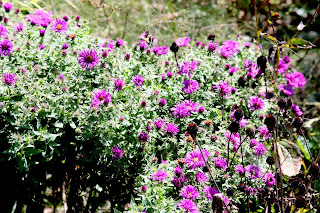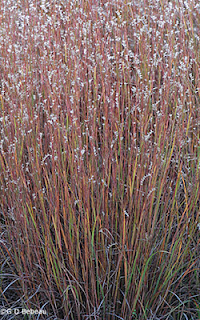Monarch Celebration in Tulsa
Tulsa’s RiverParks Authority is putting on a free Monarchs on the Mountain festival celebrating the vital role Eastern Oklahoma plays in the Monarch Butterfly migration. September 24th , on Turkey Mountain from 10:00 am , until 2:00 pm at the pavilion area of Turkey Mountain Urban Wilderness Area near the main trailhead, 6850 S. Elwood Ave. The day will be filled with fun and educational activities highlighting the life cycle of the Monarch Butterfly, the Great Monarch Migration and the habitat of Turkey Mountain which supports a myriad of wildlife. This event is hosted by: RiverParks Authority in partnership with the Tulsa Urban Wilderness Coalition, the Tulsa Audubon Society and The M.E.T. and supporters; Sustainable Tulsa, Blue Thumb, The Tulsa Zoo, City of Tulsa, Monarch Initiative of Tulsa, Westside Y and the USFWS. For more information contact Marci Hawkins, steering committee chair at: marci.hawkins@ tulsaurbanwildernesscoalition. org . ...


